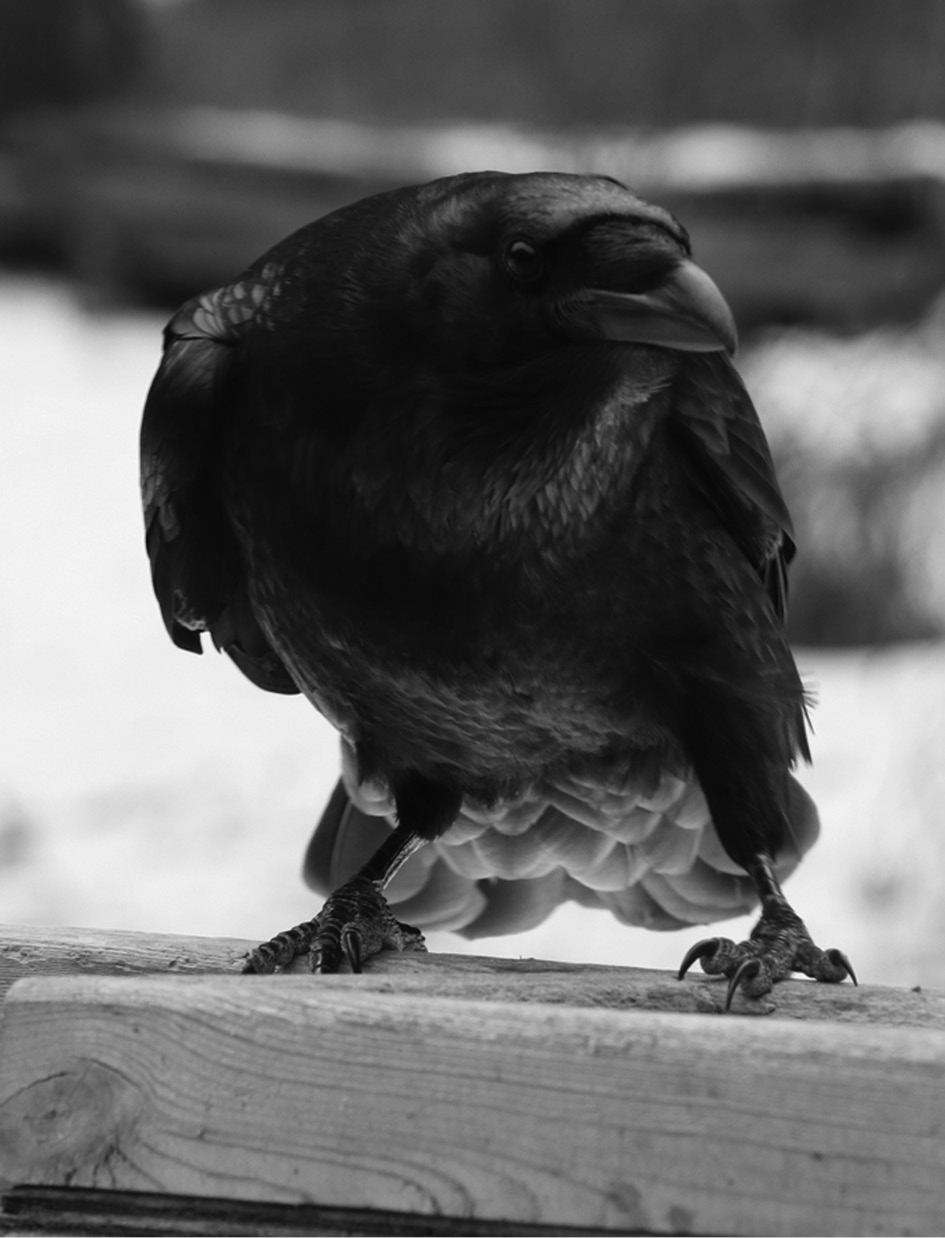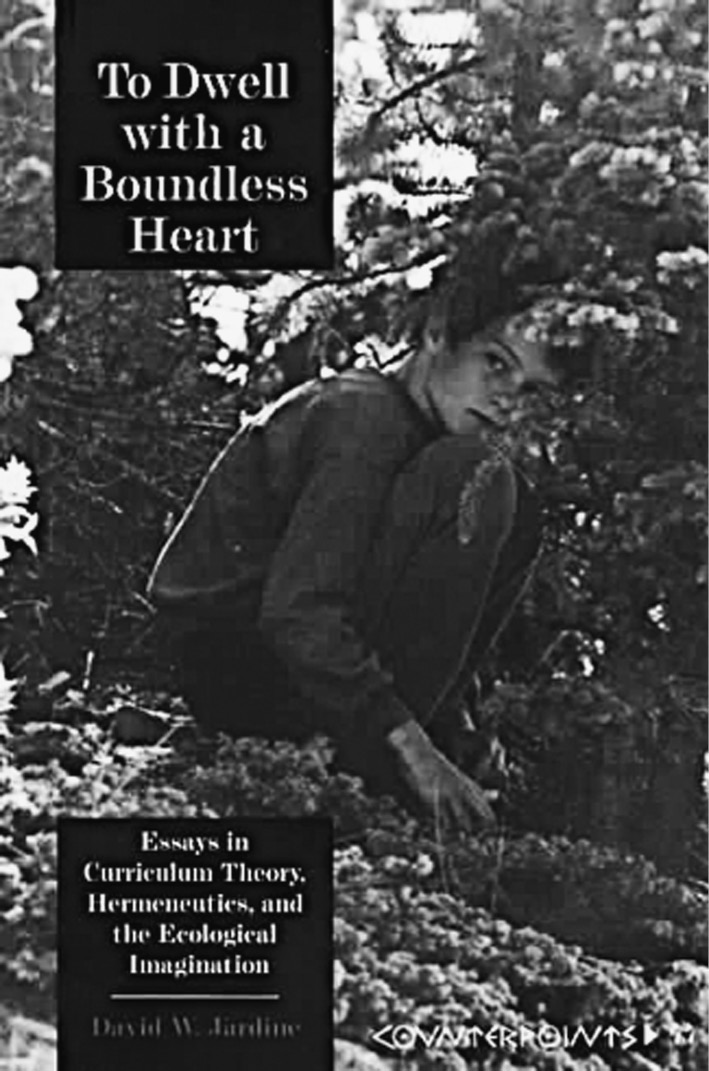Ecoportraiture
The Art of Research When Nature Matters
Summary
Excerpt
Table Of Contents
- Cover
- Advance Praise
- Title
- Copyright
- About the editors
- About the book
- This eBook can be cited
- Table of Contents
- List of Figures
- List of Tables
- Foreword: Wanting to Be Felt Seen (David W. Jardine)
- 1. Ecoportraiture: Researching in Resonance with the More-Than-Human (Mark Fettes, Sean Blenkinsop, & Laura Piersol)
- 2. Relationship, Complexity, Artistry, and Co-Creation in Portraiture Research (Nora Timmerman)
- 3. Getting to Goodness in a Green Schoolyard: Trusting the Process of Ecoportraiture (Kelly E. Keena)
- 4. Developing Ecoportraiture: Lessons from the Caddisfly and other Beings (Laura Piersol)
- 5. Indigenous Knowledge as Voice: Ecoportraiture and Indigenous Ways of Knowing (Sylvie de Grandpré)
- 6. Traversing a Mountain of Data: Ecoportraiture as Critical, Beautiful Risk (Michael Dé Danann Datura)
- Epilogue: Humility, Resilience, Becoming: Ecoportraiture as Conversation (Sean Blenkinsop, Mark Fettes, & Laura Piersol)
- Contributors
- Index
- Series index

List of Illustrations
Foreword
Boy in tree. Cover design by Nona Reuter
Chapter 2
Figure 2.1.Happy Valley in autumn. Photograph by Nora Timmerman
Figure 2.2.Joyful note. Photograph by Nora Timmerman
Figure 2.3.Victim of corporation greed. Photograph by Nora Timmerman
Figure 2.4.Family in Alaska. Photograph by Nora Timmerman
Figure 2.5.Golden wheat and ponderosa. Original drawing by Nora Timmerman
Chapter 3
Figure 3.1.Sampling strategy and data sources
Chapter 4
Figure 4.1.Collecting Soundscapes
Figure 4.3.Unstructured Play Time
Figure 4.4.Sample from Student Photo Essay
Figure 4.6.Sample of Student Photography
←vii | viii→Figure 4.7.Raven’s Fort Photos from Her Perspective
Figures 4.8 & 4.9. Raven’s Fort Photos from the Bird’s Perspective
Chapter 5

List of Tables
Chapter 4
Table 4.1.Contrast of Sit-down and Arts-Based Interviews with Raven
Table 4.2.Contrast of Sit-down Interview and Place Exploration with Bambi
Table 4.3.Portrait Excerpt Demonstrating Multiple Perspective-Taking
Table 4.4.Teacher Interview as Seen under the Bright Stars
Table 4.5.Coded Terms Sorted into Themes
Table 4.6.Excerpt from Portrait of Bambi
Table 4.7.Questions Arising out of Research & Possible Sources for Answers

Foreword: Wanting to Be Felt Seen
David W. Jardine

Portraying has similar etymological ancestries and suppressed memories as “education.” Drawing forth, drawing out, tracing. And, I’d add from ←xi | xii→hermeneutics, highlighting, exaggerating, even the tricky lies of tricksters like Hermes bent on telling the truth, sort of.
But it was the Raven that drew me out, here, so who is the portrayer and who portrayed is, I think, the sense in which portraiture is always about relationships, and, I’d add, about precisely the ecological ecstasis that comes from this very switcheroo. Not just that “I wanted the subject to feel seen” (Lawrence-Lightfoot & Davis, 1997, p. 4; see Fettes, Blenkinsop & Piersol, Chapter 1, this volume, p. 7), but I wanted to be felt seen. Being regarding and regarded, sensing the line traced on my face by that glance and the soft downbeak of rictal feathers.
Snap.
Shot.
And ending up with tailfeathers clustered like thunderclouds or a Chinook Arch. My tailfeathers sparkled up with spine words at the sight of him there. Lesley Tait sending me a story of Raven’s consorting with lightning. I daresay “of course” even though I’d never heard that story before. We’re trying to write something about it. Stayed tuned (that perhaps the best metaphor for this whole book).
Sketchy, all this. Look at that Raven. My measure has been taken and, in putting that photograph there, I must now attest to how I, too, am portrayed by that Raven’s glare and pause and beauty. Portrayed in his portrait that I took, as will anyone be who knows how to look at a photograph and let it work.
That grey dew-chill on grass blades (see Piersol in Chapter 4, this volume) portrays me, clear as day, as the one who knows something of that chill and whose bones are more full than ever of its reminder as I creak over 70. I’ve been around it and now adore its being noted enough to get me to write out this very line of words in praise, in recognition of being recognized.
I’ve been spotted. Just like the kid-up-a-tree (Chapter 4) aches my heart over an old book cover (Jardine, 1998) now 23 years old, named after a paper that is itself now 30 years old (Jardine, 1990):←xii | xiii→

That very boy-of-then having just warned me of an “atrociously long sentence” in a piece I wrote in late November. I don’t feel too bad about this dribbling trail of self-citation, because it might give readers a sense of just how many trees I’ve pissed on, and for how long, and therefore how deeply and longstandingly my heart aches and leaps with joy thumbing this book.
A “critical, beautiful risk” (Datura in Chapter 6, this volume), full of “fire and clinical coldness” (Joan Miró, cited by de Grandpré, Chapter 5, this volume) – ways to do research, full of great warrant and great, longstanding, shared and contested ancestries, shared and contested voices whose share and contest is a necessary part of the portraits themselves. These matters are not singular. These stories have no moral from which one might deviate, or to which one might try to slavishly adhere. Such singularity is precisely the terrible consort of exactly the severances this book is wont to overcome. And, to be blunt, such singularity is, more often than not, precisely what so many “research methods” wittingly or unwittingly seek. So many are querulous over beauty, suggestion, ambiguity, participation, refusal, multivocity, ←xiii | xiv→repetition, fruity language, hesitancy. But here’s a methodological warrant for you, originally from Aristotle: mensuratio ad rem (cited in and discussed in Gadamer, 1989, p. 261). Good work finds its measure, not in the method of its approach, but in the object of its attention and devotion, and it shapes its own approach, its own portrait of that object in that proper measure. We can, with long practice and great care, “entrust ourselves to what we are investigating to guide us safely in the quest” (p. 378).
In the gaze of that Raven, hesitancy is a good way to speak truly of it. To let it be uncaptured by the words I use, because that is what it is. To use words that hand readers over to that uncapture.
Details
- Pages
- XX, 184
- Publication Year
- 2022
- ISBN (PDF)
- 9781433192890
- ISBN (ePUB)
- 9781433192906
- ISBN (Hardcover)
- 9781433192562
- DOI
- 10.3726/b19182
- Language
- English
- Publication date
- 2022 (March)
- Keywords
- qualitative research methods ecoportraiture portraiture educational research environmental research hermeneutics nature-based education place-based education nature as co-researcher Sean Blenkinsop Mark Fettes Laura Piersol Ecoportraiture
- Published
- New York, Bern, Berlin, Bruxelles, Oxford, Wien, 2022. XX, 184 pp., 18 b/w ill., 8 tables.
- Product Safety
- Peter Lang Group AG

